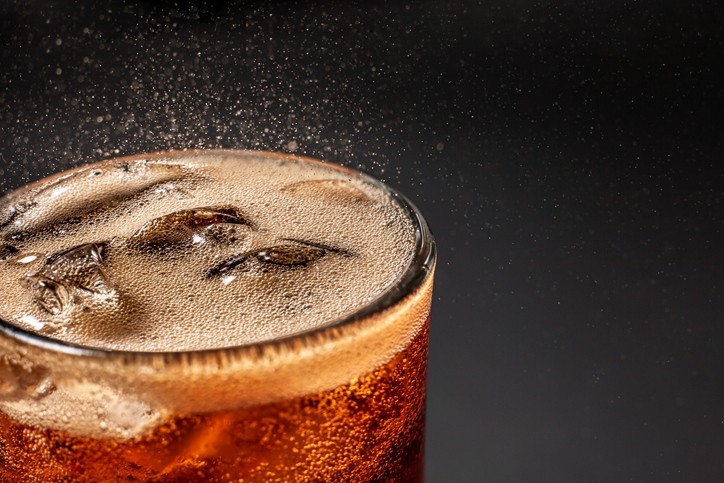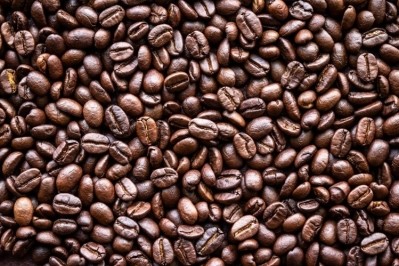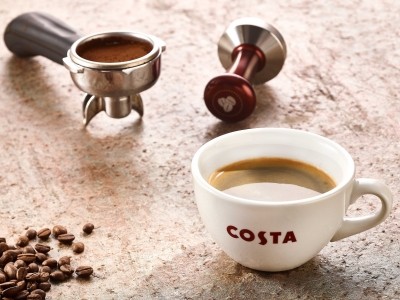Coca-Cola: ‘Our Q1 results show promising signs that a broader recovery is on the horizon’

“In markets at the forefront of the recovery, we've seen early signs that our actions taken during the pandemic are helping us outpace recovery," said CEO James Quincey as the company released its Q1 2021 results yesterday. "It's important to note that the path to a full recovery remains asynchronous around the world. Many markets haven't yet turned the corner and are still managing through the restrictions.”
The company notes that global unit case volume trends remain closely linked to consumer mobility: which is driven by vaccination rates in different markets and related improvements in away-from-home channels.
Coca-Cola's Q1 improvement in volume trends was 'driven by recovery in markets where coronavirus-related uncertainty has abated'.
Recovery is not a straight line
When looking at the recovery of any global F&B business in the pandemic, it’s important to consider three factors. Firstly, recovery is unlikely to follow a predictable straight line – a rise in cases could suddenly prompt new lockdowns and restrictions, as has been seen recently across Europe. Secondly, global recovery takes place is a very asynchronous fashion: China, for example, was hit by the pandemic earlier than the rest of the world, but its recovery too is much further ahead.
And thirdly, recovery will also involve how well the company is able to respond to a changing environment – balancing the focus between the higher-margin but more vulnerable on-trade and the off-trade in each market.
For Coca-Cola, the pandemic started to hit volumes in March (earlier for China) and then with force in April (‘April was the deepest hole that we fell into in 2020', notes Quincey).
After that, the company adjusted to the new situation and restrictions started to ease, to various degrees, across the world: with volumes slowly improving throughout the rest of the year.
Coca-Cola's volumes for January and February 2021 were still below that of the same period in 2019, but then March 2020 managed to rise above March 2019. So what does that mean for the month of April and beyond?
“April has started well,” said Quincey. “It's obviously going to be the weirdest month because we're cycling something very low. I think most importantly, just because March has got back to the level and just because April has started well one week, there's no guarantee that that has been some kind of trend that is in the bank.
“The principal uncertainty remains the risk of additional lockdowns. Much as 2020's numbers were heavily impacted by the degree of lockdown, that will remain true this year. So whilst we've got back above the line of flotation in March, there's no guarantee there won't be some extra degree of lockdowns in May or September or December that then puts pressure back on the business."
Coca-Cola Q1 2021
- Volumes: global unit case volume was even
- Revenues: Net revenues grew 5% to $9bn, and organic revenues (non-GAAP) grew 6%. This was driven by 5% growth in concentrate sales, while price/mix grew 1%. The quarter included five additional days, which resulted in an approximate 6-point benefit to revenue growth.
(figures compared to the same period the prior year)
Accounting for the differences between markets will be one of the key factors in understanding how the recovery plays out in 2021, adds Quincey.
“We had a super start to the year. The momentum's building, but this very unusual factor of the pandemic and lockdowns continues to be an uncertainty factor that one can't draw a straight line through the historic data.
“April last year was the worst because you had the most number of countries, the highest degree of synchronization of lockdowns globally, and I think this idea of saying the recovery will be asynchronous - we already see that.
“You've got countries where the vaccine levels are going up and the reopening is occurring. US, UK, China, for examples, and yet you've got countries going in exactly the opposite direction with cases shooting up and more levels of lockdown. It may be that as a total company, it all looks smoothed out somewhat, but this asynchronous feature will be very important in 2021.”
Coca-Cola's global markets
In the US, the vaccination campaign is going strong with more than 211 million COVID-19 doses having been administered - with around 25% of the population now fully vaccinated, according to Bloomberg’s vaccine tracker.
“In North America, the year is off to a good start," says Quincey. "Ongoing strength in at-home channels was driven by core brands in our sparkling portfolio as well as Simply, fairlife and Gold Peak, all with encouraging results. Away-from-home began to improve in March as vaccinations and mobility picked up.
“As markets start to open, it's worth remembering it's not an on/off switch. There's a phasing of how markets tend to reopen. So for example, in the US, the fountain volumes were still negative in March because whilst people are going out to restaurants and there's more mobility, it's not back to what it was. The occupancy levels of offices are nowhere near 100%, and so reopening is not an on/off switch. There's a rebuilding and there's a series of phases of reopening. And so that's a very important factor and it's somewhat unpredictable.”
Looking around the world, China continues to lead the recovery in Asia Pacific with volume in the first quarter ahead of 2019 results and foot traffic almost back to pre-pandemic levels. Strong performance in India and Southwest Asia was driven by effective marketing across brands, affordable solutions, and distribution expansion with 250,000 new outlets and 45% more new callers despite the unexpected state of emergency earlier in the year.
In EMEA, however, vaccine rollout in Europe has been slower than anticipated and many countries have been impacted by ongoing lockdowns. In Africa, mass vaccination is expected to take longer than the developed markets.













